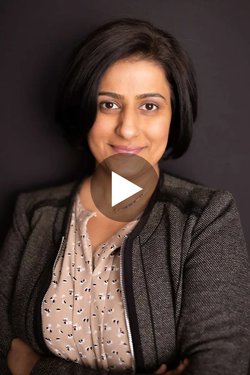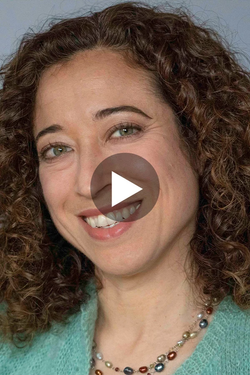As society evolves and conversations around sexual orientation and identity become more inclusive, new terms and concepts are emerging to better describe the nuanced and diverse spectrum of human sexuality. One such term, "heteroflexible," is gaining momentum as it sheds light on the fluidity and complexity of emotional and sexual attraction.
The term "heteroflexible" describes individuals who predominantly identify as heterosexual, but occasionally experience attraction to or engage in sexual activities with those of the same gender. Heteroflexible individuals challenge the traditional binary understanding of sexual orientation, recognizing that attraction exists on a spectrum, and may not always be strictly limited to those of the opposite gender. By embracing the concept of heteroflexibility, we can foster a more profound appreciation for the fluidity and diversity of human connections and attractions.
Exploring the origins of heteroflexibility
The term "heteroflexible" has its roots in the broader conversation around the fluidity of sexuality. In recent years, there has been a growing recognition that sexual attraction is not limited to a strict binary of heterosexual or homosexual, but instead is a dynamic, continuous spectrum that embraces a wide array of experiences and identities. The concept of heteroflexibility adds nuance to this spectrum, acknowledging that while the majority of attraction may be towards the opposite gender, there may be exceptions to this pattern.
In many ways, the emergence of the term "heteroflexible" has parallels with the concept of "bisexual" and "pansexual" identities, which acknowledge attraction to more than one gender. However, heteroflexibility focuses on those primarily identifying as heterosexual, yet are open to the possibility of occasional same-gender attractions, experiences, and relationships. By understanding and accepting heteroflexibility as part of the full spectrum of sexual orientation, we expand our collective knowledge about the richness and diversity of human sexuality.
The fluidity of attraction
One of the key concepts underpinning heteroflexibility is the idea that attraction can be fluid and change over time. While many people may identify as being attracted to one exclusive gender, there are countless others who find themselves attracted to multiple genders to varying degrees. Recognizing the existence of heteroflexibility and other non-binary sexual orientations helps to validate and normalize the experiences of those whose attractions don't neatly fit into traditional categories.
This fluidity of attraction can also manifest in different ways for different people. For some, heteroflexibility may be about emotional connections and intimacy, whereas others might focus more on the physical aspects of attraction. It is essential to appreciate that the experiences of heteroflexible individuals are as diverse and unique as the individuals themselves.
Embracing heteroflexibility and challenging stigmas
Acknowledging and understanding heteroflexibility can also help to challenge existing stigmas and prejudices around sexual orientation. By drawing attention to the broad spectrum of attraction that exists beyond the binary of straight and gay, we can help to dispel the myth that sexuality is strictly fixed and immutable. Instead, we can encourage open conversations and foster an environment where people feel comfortable exploring and discussing their feelings and experiences honestly.
It's important to note that recognizing and embracing one's heteroflexibility is a deeply personal journey that can look different for each individual. For some, it might involve engaging in meaningful dialogues about sexuality with friends, partners, or support groups. Others might choose to experiment with different types of relationships or sexual experiences, in order to better understand and integrate their heteroflexible identity. Throughout this journey, it's crucial to prioritize self-care, emotional well-being, and personal safety.
Takeaway
Understanding and embracing heteroflexibility as a valid and important aspect of the broader spectrum of human sexuality is a crucial step toward fostering empathy, understanding, and inclusivity in our society. By learning more about the experiences of heteroflexible individuals, we can challenge existing stigmas, dispel misconceptions, and contribute to a more welcoming environment for people of all sexual orientations and preferences in sexual activities.















































